Entrepreneur Profiles
Entrepreneur Profile: Guille Freire, co-founder and CEO, Trocafone
20 February 2017
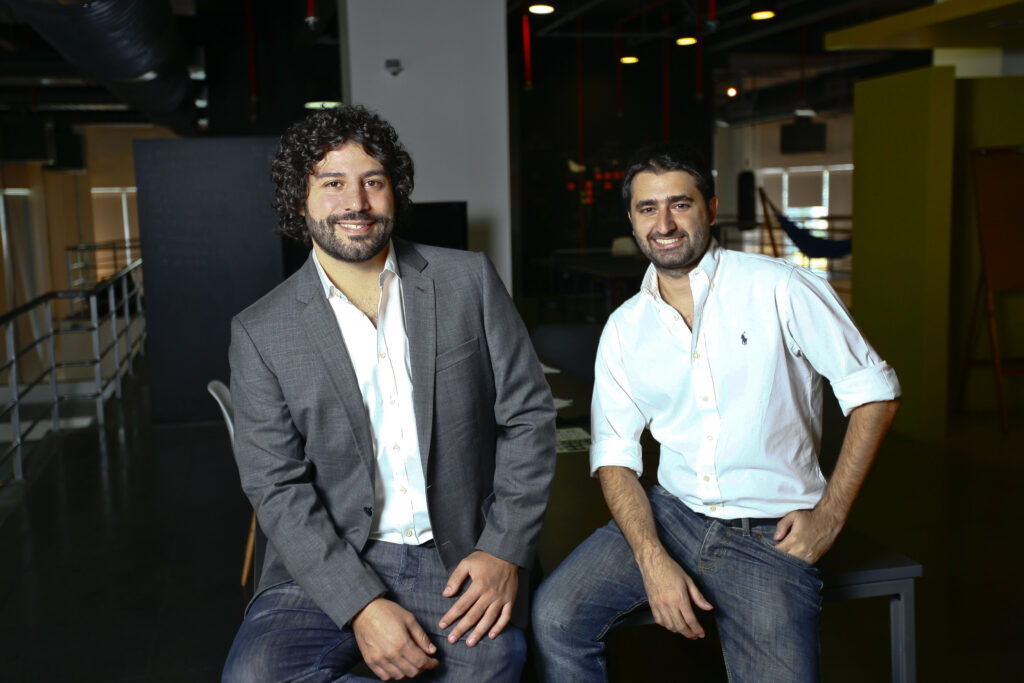
Company: Trocafone
Investors: Wayra, accelerator of Telefonica Open Future_, Quasar Builders, NXTP Labs, South Ventures, Lumia Capital, 500 Startups
Trocafone is closing the digital gap in Brazil by making smartphones more affordable. Powering trade-in programs for major carriers and manufacturers like Samsung, LG, Apple, and Movistar, and selling refurbished devices on Trocafone.com, the startup expects to buy and sell over 300,000 devices in 2017. Trocafone has raised over US$10m from a strong syndicate of local and international investors including Telefonica OpenFuture_’s accelerator Wayra, Quasar Builders, NXTP Labs, South Ventures, Lumia Capital, and 500 Startups. In this interview with Trocafone co-founder and CEO Guille Freire, LAVCA explores the smartphone explosion in Latin America, Trocafone’s traction with investors, and expansion plans in the region.
LAVCA: What is Trocafone?
Guille Freire: We’ve built an end-to-end marketplace for used phone purchase and resale. We buy phones on the spot from individuals, then we bring that phone to our warehouse laboratory to reprocess and refurbish it, and then we resell it as pre-owned, with a 90-day guarantee and financing options.
LAVCA: You said in your interview with TechCrunch recently that there have been phone trade-in programs in the US, but this is a new thing in Brazil?
Guille Freire: Buy-back programs in the US started in late 2009. All retailers and all carriers in the US have this option for customers because they realize that this is an incredible tool to shorten the replacement cycle and to generate customer loyalty.
When we started Trocafone in 2014, buy-back programs were non-existent in Latin America.
When we started Trocafone in 2014, buy-back programs were non-existent in Latin America. We launched the first trade-in program in the region in Brazil at Samsung stores in December 2014 and other manufacturers, like Apple, Motorola, and LG, followed. Later this year, the big retailers will start to have trade-in programs as well.
LAVCA: Trocafone launched right in the middle of the economic crisis in Brazil. Did this help you or hurt you?
Guille Freire: Because of the crisis in Brazil at the time, all the big retailers started to have cash-flow problems. They decided to solve the problem by selling off the stock of phones they had, and basically burning the prices. Once you have a big retailer selling the Galaxy S5 for 20% or 30% less, others have to follow suit to stay competitive. Sometimes they were selling phones below the price they paid, just to generate cash.
In working with Trocafone, instead of burning the price by 30%, the client can receive a 30% discount. There is a positive cycle where the client perceives that he/she is receiving a discount, but basically, he/she is trading in their phone. The retailer perceives that Trocafone is giving a discount to the client, and Trocafone is just efficiently buying the phones from the market.
LAVCA: Latin America is the fourth-largest market for smartphones globally, with a lot of room to grow. With only half of the region’s 600m inhabitants online, Brazil and Mexico are already two of the most active mobile populations globally (in terms of monthly active users on platforms like Facebook and Google). People are coming online quickly in an overwhelmingly Android world. That’s the big picture, at least. Can you give us an orientation on the smartphone landscape in Latin America?
Guille Freire: I will talk about Brazil specifically, but it’s a common trend across Latin America and across emerging markets in general. Basically, there is a huge gap between social classes. You have the most affluent class replacing their smartphone every year or so (~50 million Brazilians/year). Then you have 100 million people without a smartphone at all. They are just too expensive. Minimum wage salaries for Brazilians are a third of those in the US, but there are no local subsidies from the carriers to make a more affordable option available.
In Brazil, carriers offer financing for new phones, but they don’t offer subsidies because it’s illegal to force a client to sign up for a two-year contract. If the carriers cannot hook a new client for two years, it doesn’t make sense for them to subsidize the smartphone. That’s one of the main reasons why smartphone penetration in Brazil is still half. Everybody has a mobile phone, but only half of them are smartphones. We see this as an arbitrage opportunity between the social classes.
We see this as an arbitrage opportunity between the social classes.
Another particular thing about Latin America is the prevalence of fraud, so you don’t see the same peer-to-peer transactional behavior for items like smartphones. The seller might be afraid to meet up with the buyer, and the buyer might not trust the seller. Why take the risk of buying a new phone if nobody will guarantee it will work?
That’s exactly what happened to me in 2013. I bought a used smartphone on one of the leading marketplaces online, and it was malfunctioning. When I complained to the seller, he told me he wasn’t responsible. The marketplace told me they were just an intermediary. All these frictions, and this gap between social classes, makes the perfect context for our business model.
LAVCA: How does the opportunity in Latin America compare to other emerging markets?
Guille Freire: Other emerging markets work in a similar way, except for China, where most of the phones are manufactured (they have a high smartphone penetration). But in other markets like Russia (55%), Indonesia (43%), Africa (30%), and India (under 30%), the penetration is similar; you have an economic disparity between the smartphone owners and feature phone owners.
We’ve seen a few startups in Indonesia and Russia doing something similar to Trocafone, but not with trade-in programs. Basically, they are e-commerce plays, buying and selling phones online, which is less scalable.
LAVCA: The iPhone is too expensive in Brazil to have any meaningful market share. You mentioned to TechCrunch that Xiaomi entered Brazil a few years ago and recently left. What part of the smartphone market in Brazil is Chinese brands versus the Samsung’s of the world?
Guille Freire: According to the latest numbers, iPhone has 3-4% market share in terms of volume in Brazil. (You can’t even buy Apple smartphones officially in Argentina.) The Chinese brands are also about 3-4% by volume.
Brazilians and Latin Americans in general are aspirational. If they cannot buy a house or a car, they will still buy an iPhone or good shoes to have status. If they have to choose between an iPhone 5S for $220 or a new Xiaomi for $220, they will go for the used iPhone, even if the Xiaomi has better specifications for the same price. Sometimes, Brazilians will even rent an iPhone to go out at night during the weekend, and then will return it on Monday.
LAVCA: In Brazil, how much of the smartphone market are you capturing?
Guille Freire: The used smartphone market in Brazil is about 6-7%. According to IDC, there will be 43 million new smartphones sold in 2017, so the used smartphone market is going to be something like three million devices. We already capture about 4% of used smartphones.
LAVCA: How are the other 96% of the used smartphones getting sold?
Guille Freire: Through offline, informal channels, or not at all. Most phones stay in a drawer for many years until it is obsolete.
MercadoLibre, the biggest e-commerce market in Latin America (and one of our recent investors), sells something like 14,000 used smartphones per month, and we sell about 20,000.
LAVCA: How many phones are you expecting to buy and sell this year?
Guille Freire: About 25,000 a month, totalling over 300,000 smartphones this year. We are already profitable in Brazil, selling more than US$4m in used smartphones per month, and we are looking for more financing for Argentina and other countries in the region. If we didn’t raise any more capital than we have today, we would grow slower, but we would be able to make it work.
LAVCA: How are your partnerships with Samsung, Apple, and Movistar structured?
Guille Freire: We launched with Movistar at the end of 2016 in Argentina. In Brazil, we partner with Samsung, Motorola, LG, Sony, Apple, and then Oi, the second largest mobile carrier in Brazil. We are also having conversations with FastShop, Via Varejo, and Magazine Luiza, three of the biggest retailers in Brazil.
All of these partnerships are white label—we power the brand or retailer’s buy-back program. Let’s take Samsung in Brazil, for example.
When a client walks into a Samsung store to buy a new phone, the employee will ask if they want to trade in their old smartphone for a discount toward their purchase. The employee will access our partner platform to verify if the used phone is eligible for the trade in, and how much Trocafone will pay the client for it. If the phone is eligible and the client accepts the Trocafone price, our platform will issue a gift card used toward the purchase of the new smartphone, paying the difference with cash or a credit card. The old phone is collected a few days later and brought to our warehouse and refurbishing center. Once fully refurbished and wiped, we’ll resell it through Trocafone.com.
 More recently, we opened a Trocafone store to sell pre-owned phones in Sao Paulo’s Alphaville neighborhood, at the Tamboré mall. As of today, 8-10% of our sales are through that single store.
More recently, we opened a Trocafone store to sell pre-owned phones in Sao Paulo’s Alphaville neighborhood, at the Tamboré mall. As of today, 8-10% of our sales are through that single store.
We are not concerned about any of these partners launching their own trade-in programs. These brands have trade-in programs in other parts of the world, but just like in Brazil, they are using a partner like Trocafone. It isn’t a core business for a retailer or carrier to refurbish the phone and bring it back on the market themselves. They see the trade-in program as a tool to sell more new, expensive smartphones that boost their profitability.
LAVCA: Trocafone has raised over US$10m from a strong syndicate of local and international investors. Walk us through your history of venture funding.
Guille Freire: We raised a seed round in October 2014 from Wayra, through Wayra Brazil and Wayra Argentina, Quasar Builders, the company builder that co-founded Trocafone with me and Guillermo Arslanian, NXTP Labs, South Ventures, and a group of angel investors from Argentina.
Our next round was U$S3.3m. Lumia Capital and 500 Startups joined, and all the previous investors took their pro-rata.
Our most recent round was US$7m. Sallfort, a Swiss private bank, led the round in their third investment to date in Latin America, with participation from MercadoLibre, Rocketship.vc, FundersClub, and Barn Investimentos. The previous investors took their pro-rata.
LAVCA: Let’s talk about your corporate investors, Wayra (Telefónica Open Future’s Startup Accelerator) and MercadoLibre.
Guille Freire: Wayra’s investment was financial. Going forward, we are working on making their investment more strategic than just financial.
MercadoLibre recently started investing through their corporate development arm, led by Ignacio Estivarez in Buenos Aires.
LAVCA: What’s in store for Trocafone this year?
Guille Freire: The smartphone market is growing fast. It’s clear that the carriers and retailers want to have trade-in programs, and there is massive demand for used smartphones. We feel that this is the right moment to capture.
We have just scratched the surface. There is no other competitor in Brazil with the same value proposition. We also want to expand to other countries in Latin America. We already launched Argentina, and want to launch next in Colombia, Chile, and Peru.
 We would also like to expand our retail operation. We have just one concept store in São Paulo today, which generates incremental sales from people who would not otherwise buy a used smartphone online. We are also going to invest marketing dollars online and on TV.
We would also like to expand our retail operation. We have just one concept store in São Paulo today, which generates incremental sales from people who would not otherwise buy a used smartphone online. We are also going to invest marketing dollars online and on TV.
LAVCA: You’re from Argentina, but you started this company in Brazil. Why?
Guille Freire: I like caipirinhas. We don’t have caipirinhas in Argentina. No, actually, for me and my co-founder, Gui, it would have been way easier to start in Argentina. We didn’t speak any Portuguese when we came to Brazil and we didn’t have many contacts, but it was clear to us that Brazil was a key first market. If we are able to win Brazil, we could more easily branch out to other markets in terms of investors. It says a lot about the execution capability that we have and our willingness to make this a great business.
You may be interested in...
-
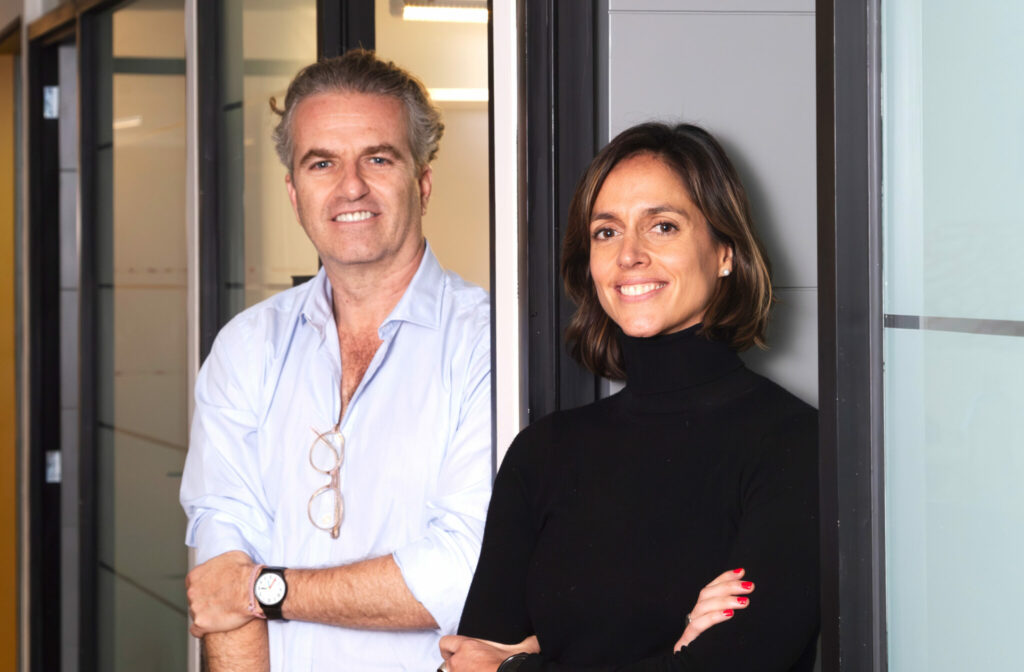
Is AI a Thing in Latin America? In Conversation with Hi Ventures
LAVCA sits down with Hi Venture to discuss their evolving thesis and vision for...
-
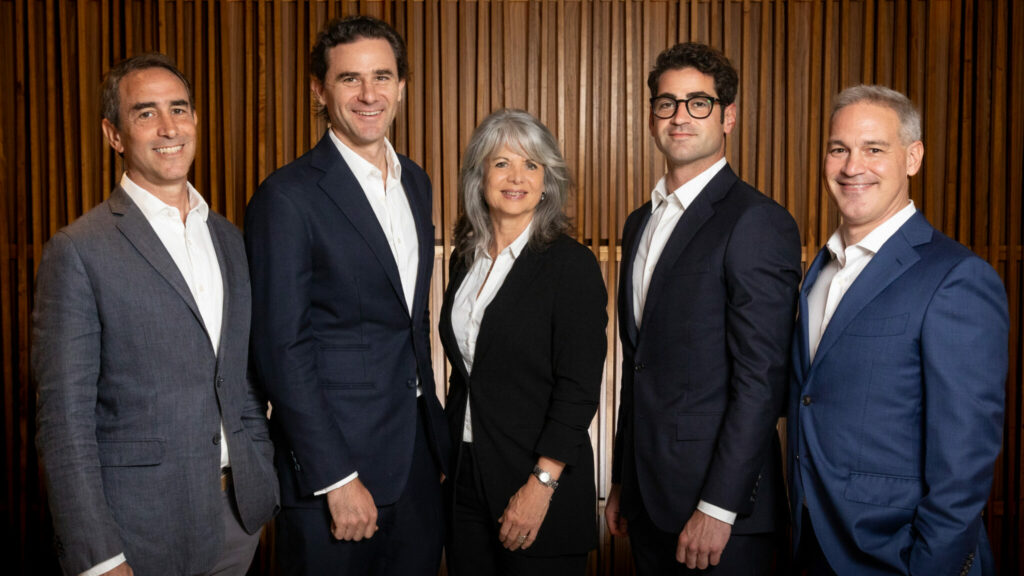
The Future of B2B Startup Investing in LatAm: In Conversation with NXTP
NXTP Ventures recently reached a USD98m final close for NXTP Fund III, its third...
-
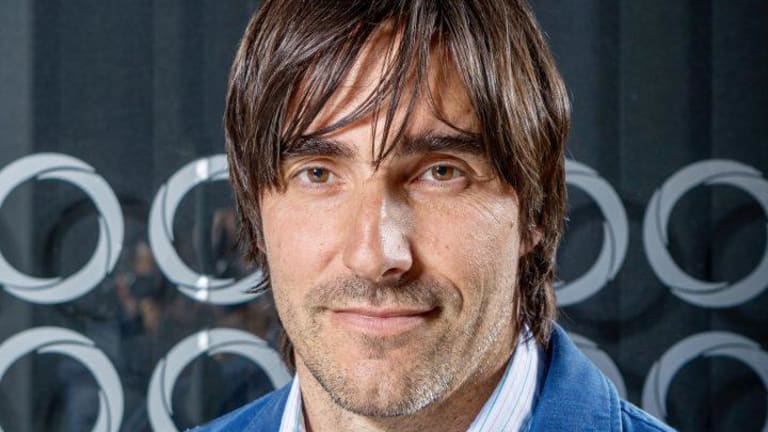
A 20-Year Journey: An Interview with Technisys CEO Miguel Santos
Company: Technisys Investors: KASZEK, Dalus Capital, Riverwood Capital Interview...
-
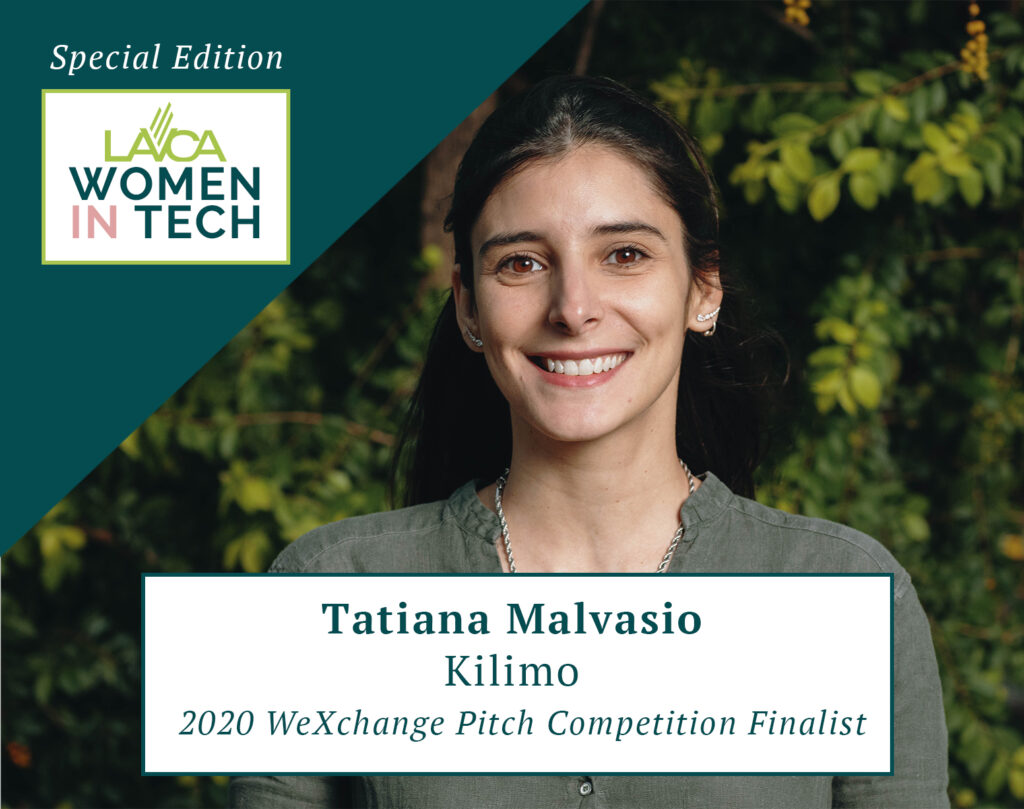
Satellite Analytics & Irrigation Systems: Interview with Kilimo COO Tatiana Malvasio
Company: Kilimo Investors: NXTP Ventures, Alaya Capital, The Yield Lab, Xpand...